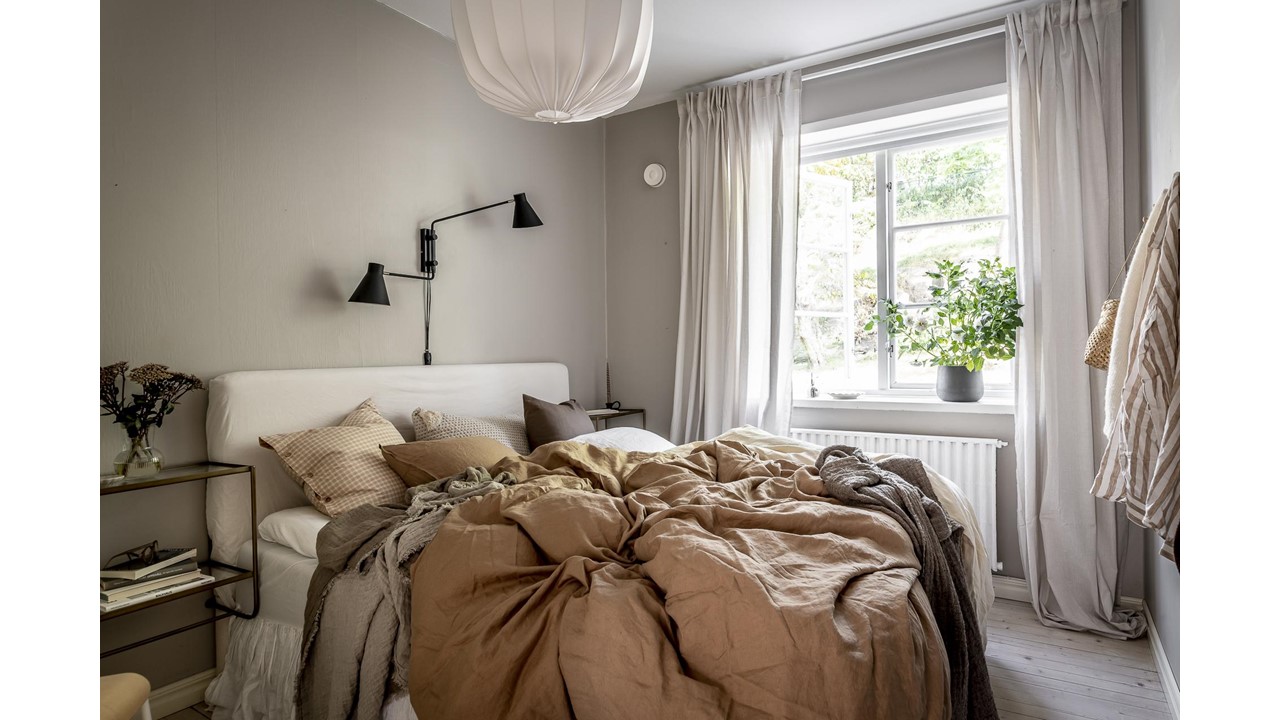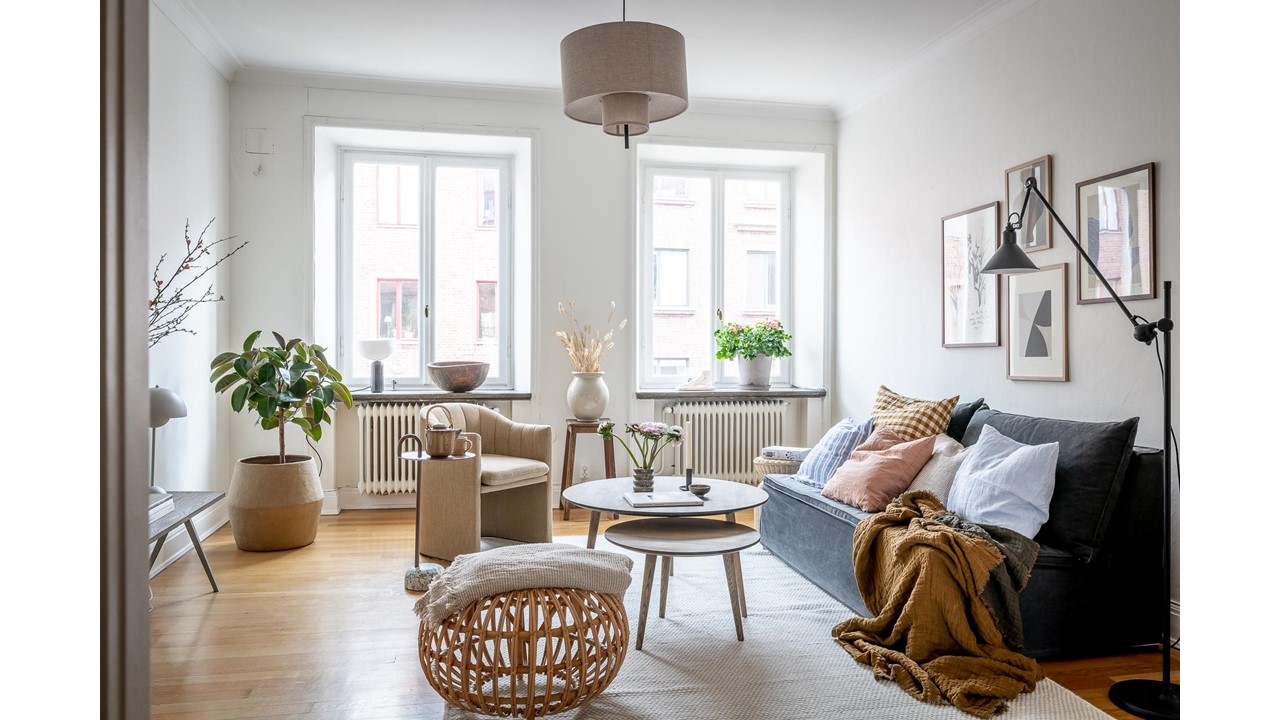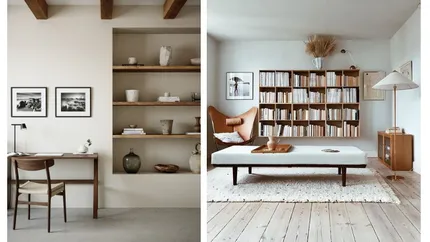

If you find yourself drawn to the warmth and simplicity of minimalist design, then you're in for a treat. Scandinavian interior design, originating from the Nordic countries of Denmark, Norway, Sweden, Finland, and Iceland, has gained immense popularity worldwide for its cosy, functional, and aesthetically pleasing elements. In this article, we'll delve into the core principles of Scandinavian design and provide tips on incorporating this timeless style into your home.
The Essence of Scandinavian Design:
Scandinavian interior design is characterized by its emphasis on functionality, simplicity, and connection to nature. It is a design philosophy that seeks to create comfortable and inviting living spaces that prioritize natural light, clean lines, and high-quality materials. The Nordic region's long, dark winters inspired the style and aimed to bring warmth and brightness into the home.
Key Elements of Scandinavian Style:
Neutral Color Palette: Scandinavian interiors predominantly feature a neutral colour palette, with shades of white, grey, and beige. This colour scheme helps to create a sense of calmness and reflects the natural beauty of the Nordic landscape.
Natural Materials: Wood plays a significant role in Scandinavian design, furniture, and architectural elements. This material adds warmth and texture to a space, and it is often left untreated or lightly stained to preserve its natural appearance. Organic materials like wool, leather, and linen are commonly used in furnishings and textiles.
Minimalist Aesthetic: Scandinavian design embraces minimalism, focusing on clean lines, simple forms, and a clutter-free environment. This not only enhances the sense of space but also promotes a sense of tranquillity and mindfulness.
Functionality and Comfort: Functionality and practicality are at the heart of Scandinavian design. Furniture pieces are often multi-functional and designed with comfort in mind, ensuring that each item serves a purpose and contributes to the space's overall aesthetic.
Natural Light: The importance of natural light in Scandinavian design cannot be overstated. Large windows, light-coloured walls, and minimal window treatments maximize the light flow and create a bright, airy atmosphere.
How to Incorporate Scandinavian Style into Your Home:
Opt for a Neutral Base: Choose a neutral colour palette for your walls, floors, and furniture. This will help create a calming atmosphere and provide a canvas for introducing colour and texture through accessories and textiles.
Choose Natural Materials: Incorporate wood and other natural materials into your space through furniture, flooring, and decorative accents. Look for pieces made from oak, pine, or birch to achieve that authentic Scandinavian feel.
Keep It Minimal: Focus on clean lines and simple forms when selecting furniture and décor. Avoid clutter and excessive ornamentation; instead, opt for items that serve a purpose and contribute to the space's overall aesthetic.
Prioritize Functionality and Comfort: Select furniture that offers functionality and comfort. Consider investing in a high-quality sofa, a cosy armchair, or a dining table that can be easily extended to accommodate guests.
Maximize Natural Light: Ensure that your living space receives ample natural light. If possible, opt for large windows and minimal window treatments. Additionally, consider incorporating mirrors and light-coloured furnishings to enhance the brightness of your space further.
Scandinavian interior design offers a timeless and versatile aesthetic that can elevate any living space. By embracing the core principles of this style – simplicity, functionality, and a connection to nature –, you can create a warm, inviting, and visually stunning environment that promotes relaxation and well-being. Whether you're looking to revamp a single room or redesign your entire home, the Scandinavian design philosophy is an excellent choice for those seeking a cosy and
We took all the photos for this article from alvhem.com







